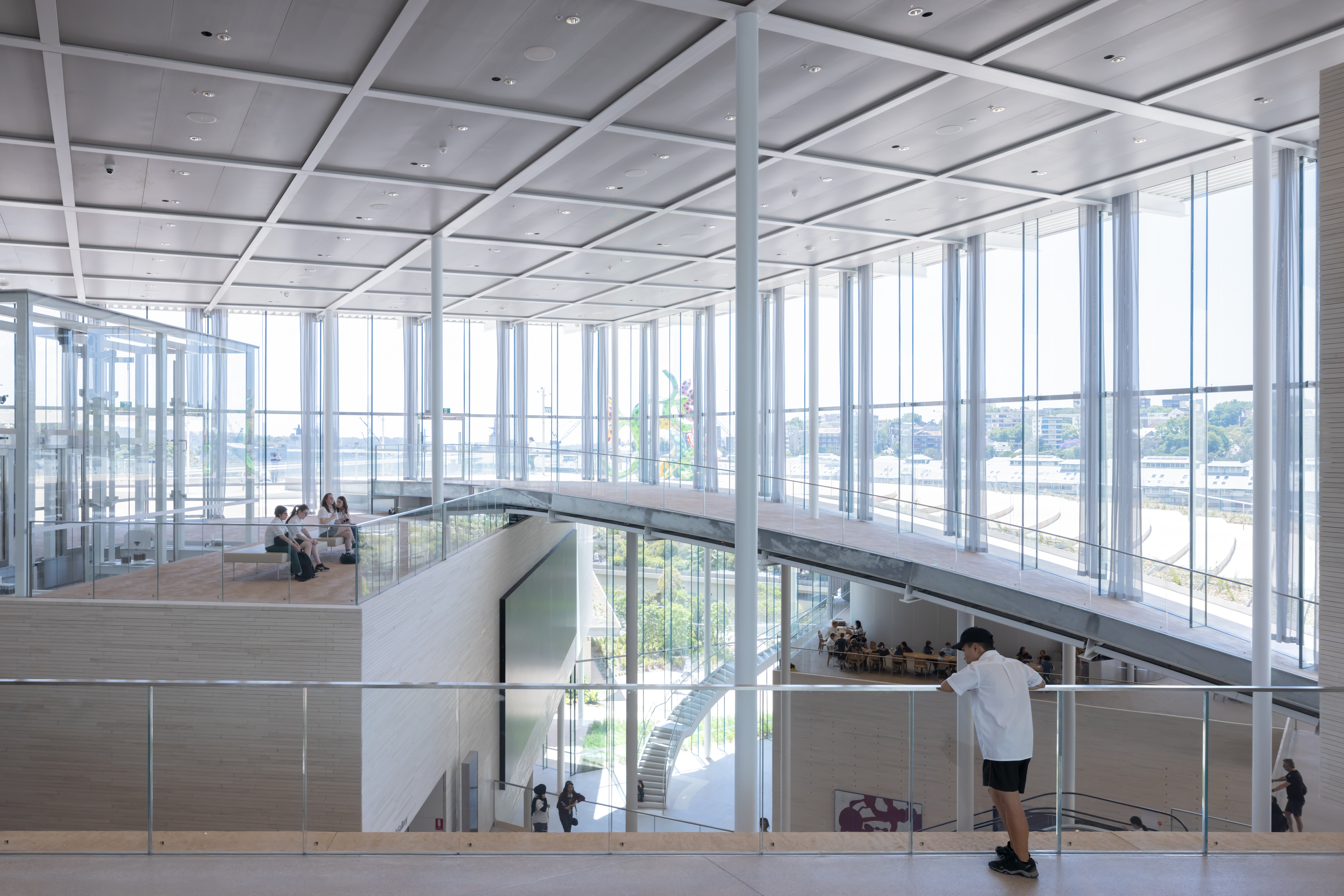Welcome to the Autumn edition of steel Australia. The feature of this edition is Skills and employment in steel—a subject that I know much of the industry is concerned about.
The labour market is the tightest that many of us can recall. The number of occupations suffering from the skills shortage has almost doubled since 2021, with some roles having thousands of unfilled vacancies.
A recent McKinsey Global Institute study suggests that employers in developed economies worldwide are facing a shortfall of 45 million workers. Companies are unable to fill one in ten roles that they need, much less fill them with top talent.
Many businesses throughout the steel supply industry are operating at 90 per cent, 80 per cent or 70 per cent capacity due to the skilled labour constraints.
This skills shortage is unlikely to abate in the near term. This record high demand for skilled labour is being exacerbated by the flow-on effects of COVID-19, such as international border closures curtailing skilled immigration as well as an economic recovery that hinges on large-scale infrastructure projects.
The five-year pipeline of major federally-funded infrastructure projects is valued at $237 billion. On top of this, countless skilled workers will be needed to build and install the wind and transmission towers, solar farms and other power generation assets needed to achieve the Federal Government’s 43 per cent emissions reductions target by 2030 and net zero by 2050.
There is a whole host of projects in defence, housing, agriculture, state government funded projects, and private developments—all of which depend upon skilled labour throughout the entire Australian steel supply chain. In addition, with initiatives such as the Modern Manufacturing Strategy, and an ever growing focus on technology and innovation in general, the need for skilled labour is expected to grow.
As an industry we must adapt to this situation and find innovative ways to attract and retain critical skills.
We must come together with imaginative programs to enthuse and motivate those coming through high schools, our technical colleges, and our universities to aspire to careers across our industry.
We need to encourage young people to work in the steel industry. As an industry, we need to demonstrate that there are ample, wide-ranging opportunities for young people in steel—not only are there growth opportunities, but there is a high degree of job security, flexibility and a raft of other benefits.
We need to demonstrate that our industry embraces emerging technologies as a matter of course. This is because we are always seeking to enhance our competitiveness and our relevance to the needs of the communities that we serve. This continuous improvement mindset—that sees us all strive to be faster, stronger and better as an industry—creates a dynamic environment in which career options abound.
As an industry, we need to diversify our skills base, and seek to encourage better, more inclusive pathways into a career in steel for under-represented demographics such as women, First Nations people and people living with a disability.
Australia’s future economic prosperity depends on its development of a highly skilled workforce capable of building globally competitive industrial and commercial enterprises. We all have a role to play in strengthening the steel workforce of tomorrow.
Tony Schreiber
Chair, Australian Steel Institute









